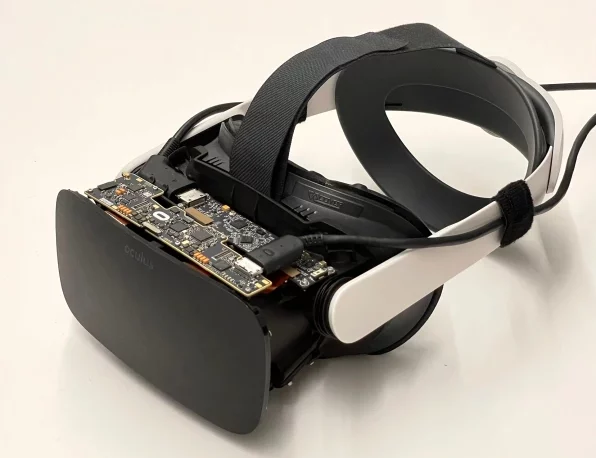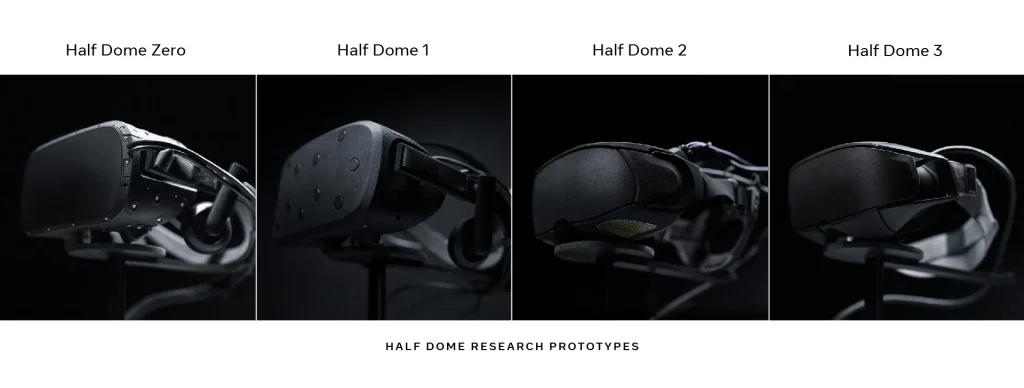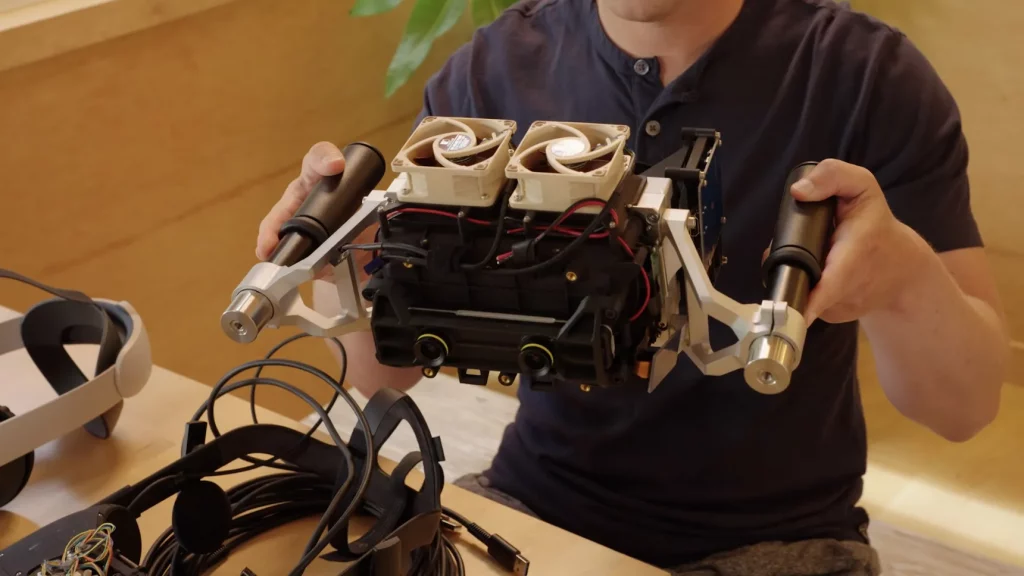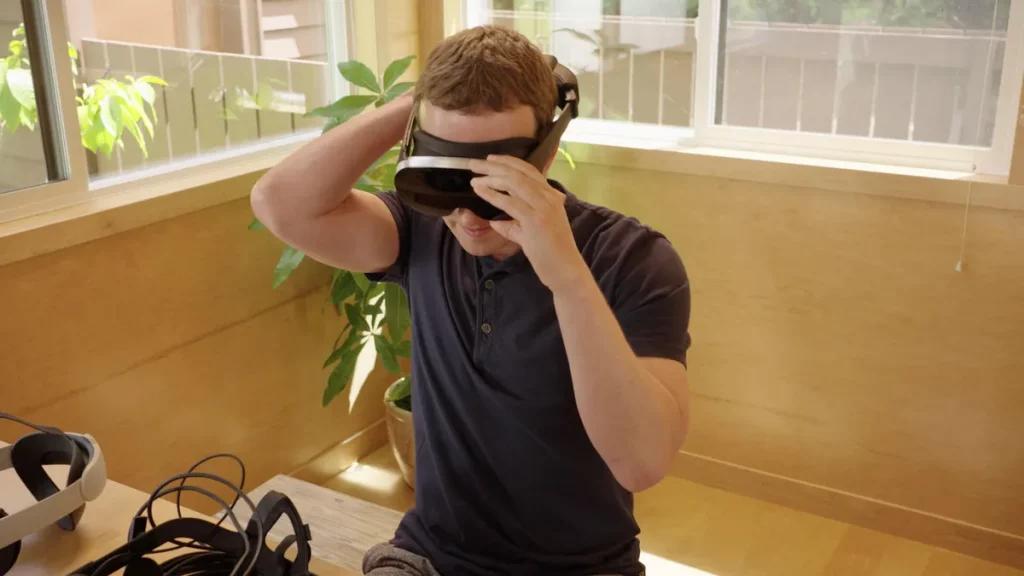Meta Platforms, the company formerly known as Facebook, has recently given the world a preview into the innovations that they believe will help usher in the Metaverse to the masses.
During a press briefing last week, Meta CEO Mark Zuckerberg and Meta Reality Labs Chief Scientist Michael Abrash talked about how they were designing a batch of virtual reality devices. Each one of these new devices is designed to test and enhance different aspects of VR that Meta believe to be vital to passing the “visual Turing test”.
First up was a headset codenamed Butterscotch which aims to display images at near retinal resolution, around 60 pixels per degree (ppd). Their current prototype is at 55 ppd but this was achieved at the cost of cutting the Oculus Quest 2’s field of view in half. In comparison, Finnish company Varjo’s newest VR headset has a ppd of 70 and as well as 115 degrees field of view.

Meta's Butterscotch prototype. Meta
Another issue Meta are trying to solve is being able to change the focus from near to far depending on what the user is looking at. Their Half Dome prototype utilises eye tracking to help maintain a sense of natural depth of field when viewing virtual scenes.

Half Dome versions and development. Meta
Meta’s Starburst prototype aims to make improvements to the next problem faced by VR: visual realism. Sporting high dynamic range (HDR) lighting capable of producing 20,000 nits of brightness and a weight that, unsupported, will challenge even the strongest neck muscles, the Starburst is a “testbed for further research and studies,” said Zuckerberg.

Starburst prototype. Meta
Finally, the last major issue that could be a barrier to mass adoption by the general public is weight and convenience. That’s where the Holocake 2 comes in. Not only is it the thinnest and lightest the company has ever made, it is also the only one of these four that is completely functionable capable of running current VR software. The aim is to make them as thin as sunglasses with the main hurdle being a suitable laser source to power something in that form factor.

Zuckerberg trying on the Holocake 2. Meta
And these 4 vital concepts are what Meta is trying to bring together in something they are calling Mirror Lake.
Although Mirror Lake is still a concept with no working model, it can give us an idea of Meta’s vision for VR and, ultimately, the Metaverse.
Cover image: Meta




















